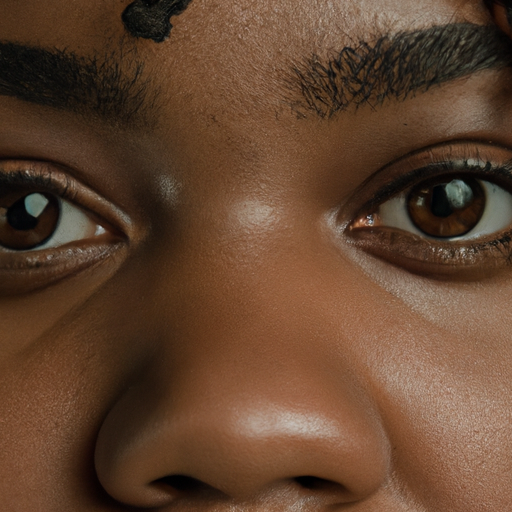Title: Unmasking Acne: A Dermatologist’s Guide to Understanding its Symptoms and Unraveling its Causes
Acne is a common skin condition that affects millions of people worldwide. It is often associated with adolescence, but it can occur at any age and persist into adulthood. As a dermatologist, I frequently encounter patients seeking effective solutions for this persistent skin problem. This article aims to unmask acne by understanding its symptoms and unraveling its causes.
Acne typically appears on the face, forehead, chest, upper back, and shoulders because these areas of the body have the most oil (sebaceous) glands. The primary symptoms include whiteheads (closed plugged pores), blackheads (open plugged pores), small red, tender bumps (papules), pimples (pustules), large, solid, painful lumps beneath the surface of the skin (nodules), and painful, pus-filled lumps beneath the surface of the skin (cystic lesions).
Understanding the causes of acne is crucial in its management. Acne occurs when your hair follicles become plugged with oil and dead skin cells. This plug can cause the follicle wall to bulge and produce a whitehead, or it can remain open to the skin’s surface and darken, causing a blackhead.
A variety of factors contribute to the development of acne. These include excess oil production, hair follicles clogged by oil and dead skin cells, bacteria, and excess activity of certain hormones like androgens.
Hormonal changes, such as those that occur during puberty or pregnancy, can also trigger outbreaks. Certain medications, a diet high in refined sugars or carbohydrates, and stress are other potential triggers. Contrary to popular belief, dirty skin and greasy foods do not cause acne. However, cosmetics, certain skincare products, and wearing certain types of clothing can worsen the condition.
Genetics also play a role in the development of acne. If both your parents had acne, you’re likely to develop it too.
Understanding the causes and symptoms of acne is the first step towards effective treatment. As a dermatologist, I recommend a holistic approach to acne management. This includes maintaining a healthy lifestyle, using appropriate skincare products, and seeking professional help when necessary.
Over-the-counter treatments can help with mild acne. These products may contain ingredients like salicylic acid, benzoyl peroxide, and sulfur, which can reduce oil production, speed up skin cell turnover, fight bacterial infection, or reduce inflammation — all of which can help prevent acne.
For moderate to severe cases, prescription creams, oral medication, or medical procedures may be necessary. It’s important to remember that while acne treatments can control symptoms and prevent scarring, they do not cure acne. Therefore, continuous use of treatment may be necessary.
In conclusion, acne is a common skin condition with various symptoms and causes. Understanding these can help individuals manage their condition effectively. If you’re struggling with acne, remember that you’re not alone and that effective treatments are available. Consult with a dermatologist to get a personalized treatment plan for your skin type and condition.
Keywords: Acne, Dermatologist, Symptoms, Causes, Treatment, Skin Condition, Oil Glands, Hair Follicles, Hormones, Genetics, Lifestyle, Skincare Products, Over-the-counter Treatments, Prescription Creams, Oral Medication.



